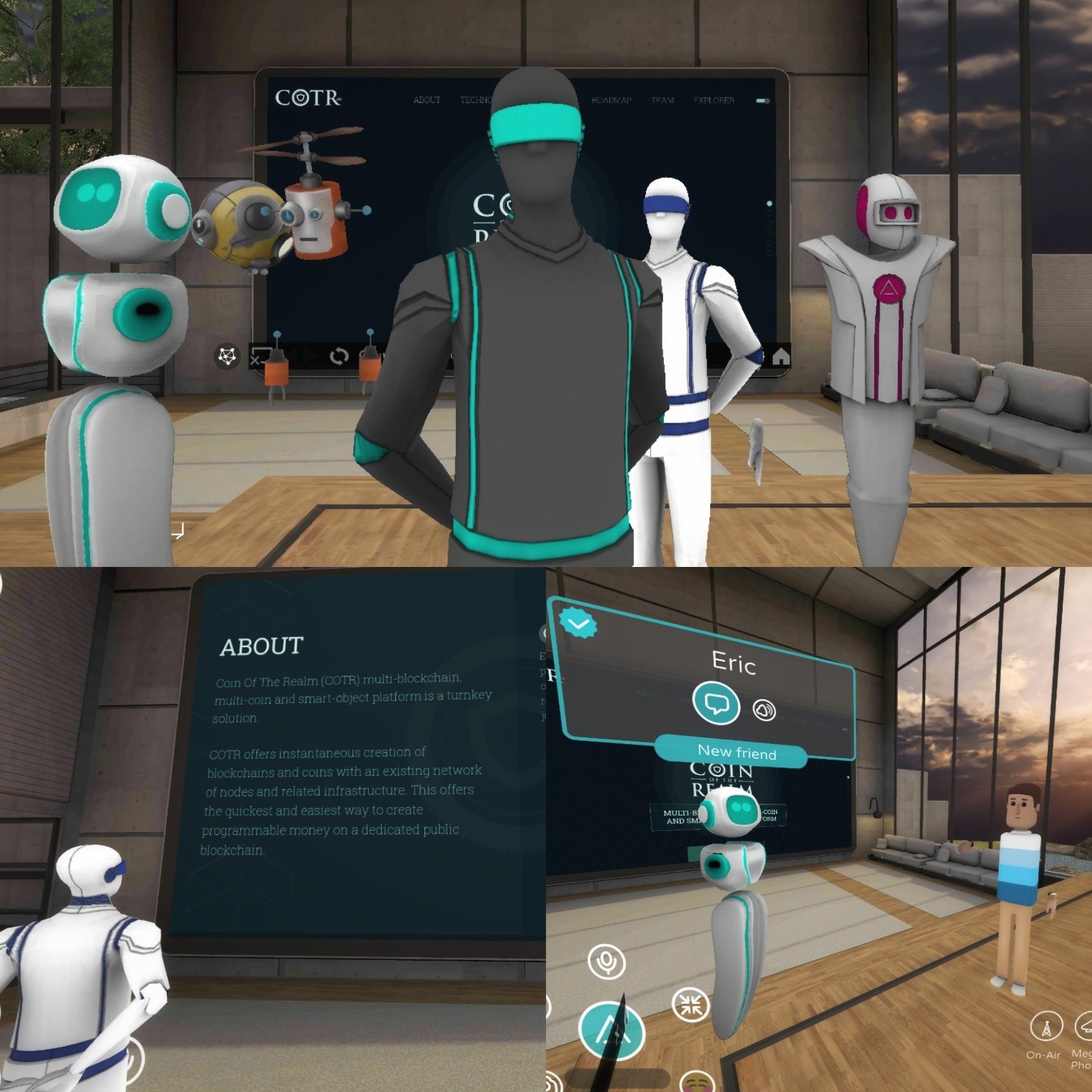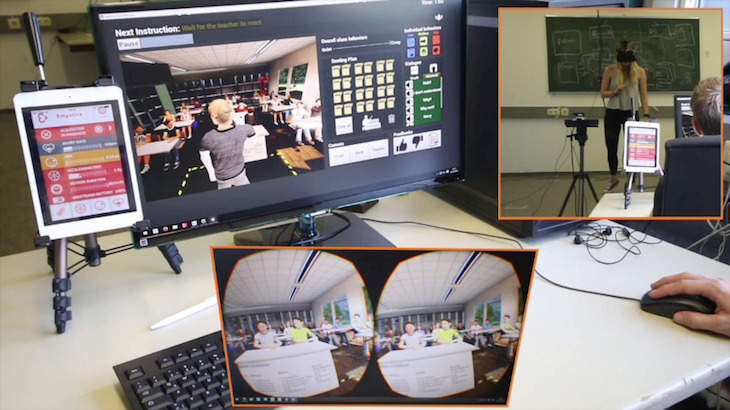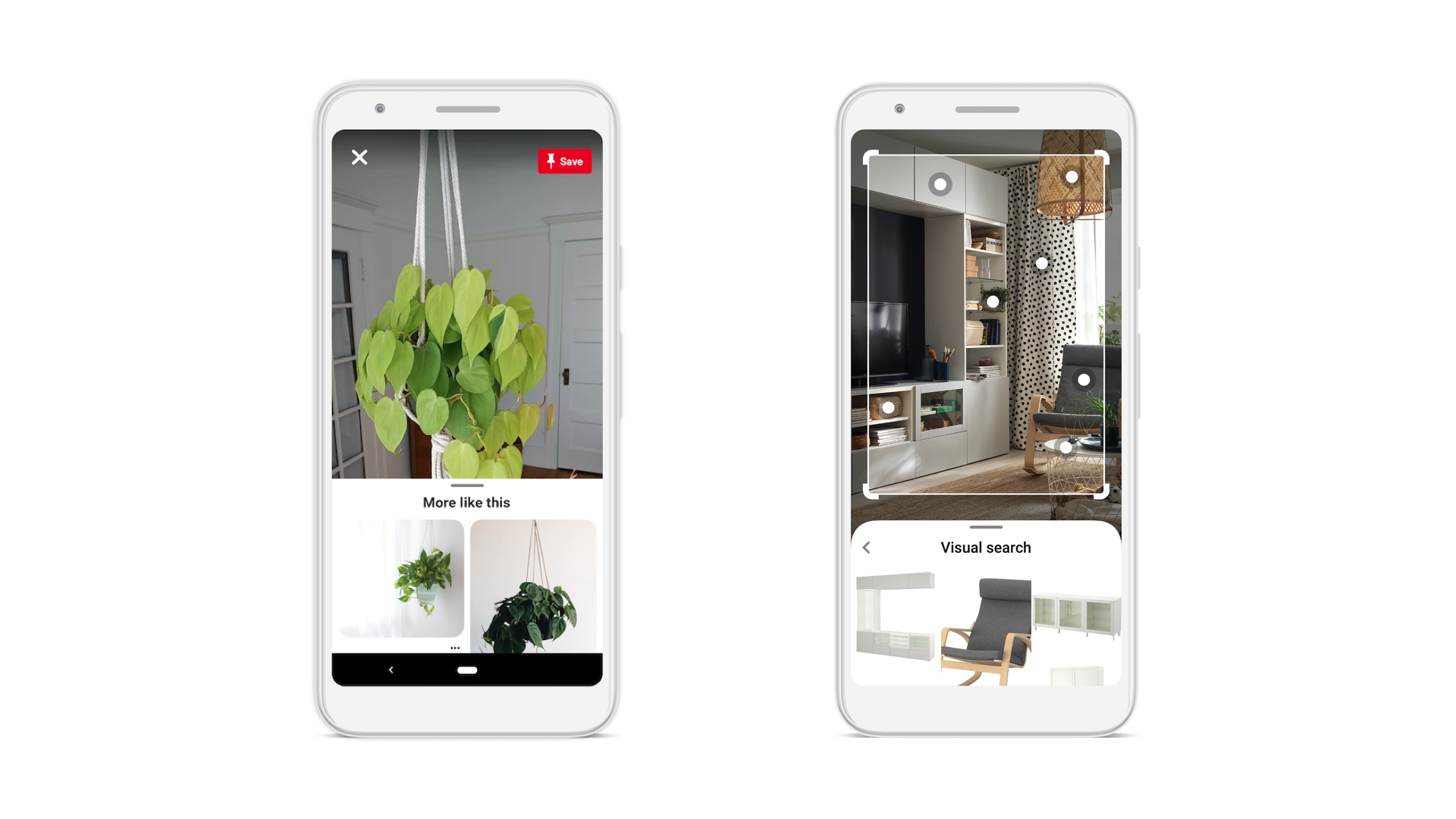Augmented reality helps workers in manufacturing environments assemble, repair, and service complex machines and products quicker and more accurately – and they’re just getting started.
Making any aircraft is a complex process that involves many parts, many workers, and many possibilities for error – and absolutely no room for mistakes.
GE Aviation makes the engines and avionics for global airlines, including those that power Boeing and Airbus planes. To help its workers who assemble these engines minimize mistakes and work faster, GE Aviation tried out wearable augmented reality (AR). The smart glasses provide assembly information hands-free, putting instructions right in front of workers’ eyes, literally – no more pausing or looking away from their tasks to check printed reference materials or a computer screen.
The GE Aviation pilot was intended to help mechanics use a Wi-Fi torque wrench to better tighten bolts, which it did. But the company also discovered that the mechanics worked faster and completed jobs quicker because they no longer needed to look away from their task or climb up and down stairs to check a printed manual or pick up tools and parts.
And therein lies the promise of augmented reality in manufacturing: assembling better products, making them faster, and creating a healthier work environment. The technology, along with others like machine learning, AI, and robotics, is changing how factories operate and helping humans do their jobs better, safer, and quicker. Part of the next revolution in productivity, AR can give workers expertise that normally would take years of experience and education to gain. For organizations, AR could leverage a digital archive of human knowledge and provide virtual training environments for workers to learn new skills and collaborate.
The most promising uses bring efficiencies to business processes, including assembly work, repairs and field service, and designs of new manufacturing spaces. Using AR for manufacturing can help technicians make repairs faster by guiding them to the problem and providing information on repairs and needed parts.
GE Aviation’s assembly process is one example. Beyond the production line, the pandemic’s travel and contact restrictions got a lot of companies interested in remote maintenance and using AR to guide fixes, as The Wall Street Journal noted. In some contexts, such as oil and gas platforms, this technology is justified because it’s less expensive than the US$10,000 or more it costs each trip to send a person out to a rig, often on a helicopter, says Inderpreet Shoker, senior analyst at ARC Advisory Group. Instead, an employee already on the platform can use an AR-powered device to receive instructions and guidance from an off-site expert.
Rather than dispatching a person to the field, these companies look to augmented reality. “They’re saying, ‘First, let’s use an AR headset and try to solve this problem with hands-on guidance for the crew on a rig,’” Shoker says.
From fantasy to factory
Augmented reality began in a lab at Harvard back in the 1960s, and over the years, it has been used for defense, sports, and entertainment and gaming applications, among others. But these new industrial applications aren’t about capturing Pokémon. AR wearables are emerging as a viable option for workers because of better materials, batteries, and computing power packed small.
These systems work by overlaying a connected graphic interface through AR software on top of reality, so, for example, workers on a production line wearing AR glasses will see the component they’re working on plus an instruction diagnostic or a video showing them what to do. AR can also be used with smartphones and tablets (as this brief video shows), which are held in front of a machine, component, or other object.
For complex products, AR is particularly useful because a human might find it tough to remember the many parts and assembly specifics required. An AR application can provide that for them as they work.
ARC Advisory Group projects that AR applications for industry will grow 21.2% between 2019 and 2023, driven by the defense, oil and gas, and chemical industries. The biggest use cases now are collaboration and training, says Shoker. The pandemic caused many companies to pause their technology investments, but there were exceptions, says Shoker, and one of those was AR.
AR is particularly useful because a human might find it tough to remember the many parts and assembly specifics required. An AR application can provide that for them as they work.
“With augmented reality, an interesting thing that we saw was that because one of the major applications of this technology is remote collaboration, a lot of the companies that were doing some pilot projects quickly wanted to scale the technology,” she says.
Using AR for training and sales also experienced a bump. One example is German industrial 3D printing company EOS and its Additive Minds Academy, which has developed a training platform using AR for its 3D printing machines, says Volker Kunze, team manager for digital solutions.
The Additive Minds Academy’s AR application lets a customer walk around a virtual machine, open doors, and check under the hood, so to speak, and learn all about how it works without actually touching a physical machine. The Academy’s AR training guides a new user step by step. It’s scalable, and newbies can never damage equipment.
“You can have a machine appear everywhere, and even a customer can do it. They can pre-educate the employees and get a feeling for the machine,” says Kunze.
EOS also uses it to do sales demonstrations, which was particularly useful during the pandemic.
“During [the pandemic], we had a customer 2,000 kilometers away and they said, ‘Hey, I cannot come over to you, you cannot come over to me, I cannot enter your showroom, and you cannot explain your machine to me. What can we do?’” says Kunze. The solution: EOS streamed the live presentation through HoloLens 2 and Microsoft Teams directly to the customer, who could interactively point out the areas of importance.
AR can also bring clarity to repairs and servicing. Typically, a technician would need a service order and then approach a machine to identify the various pieces that needed to be replaced and ordered. But a visual AR-based approach is more user-friendly. A 3D model can be overlayed on the physical object, a feature called visual tracking.
In this scenario, a technician could scan a QR code or a machine ID and then select any component, down to each screw and washer, with a touch on a tablet or a voice command. Because the information is coming from the 3D model, there’s a high level of confidence that the part is the correct part. Other information can also be accessed, like how long it will take for a part to be delivered. Then there’s the visual guidance for doing the actual repairs. That’s available in the AR view, too.
Augmented reality beyond assembly, maintenance, and repair
Getting started with AR is becoming easier because some industrial supply companies offer AR as a Service as an add-on to their current products and Software as a Service (SaaS), says ARC’s Shoker.
There are augmented reality applications in addition to assembly, maintenance, and repair. For example, the technology can help determine whether new equipment fits into a particular factory space, a try-before-you-buy application called virtual commissioning. This is when a machine is validated pre-purchase. The customer can interact with a virtual representation of a machine to see if it will fit in the space they have and if it can connect with their existing backend system – and to assess how the machine interacts with other systems.
By using AR, a company can avoid creating physical prototypes, which are often costly and time-consuming to make.
Another use case for AR is in product design. By using AR, a company can avoid creating physical prototypes, which are often costly and time-consuming to make. Instead, they can use data from the product’s 3D models within a CAD system. The designers and engineers can then walk around their virtual prototype, view it from different perspectives, and interact with it.
Sounds fun, right? But any AR beginner should carefully consider what to make their first project, whether it’s a new product design or an existing machine assembly. Begin by choosing a simple pilot project like a small training module (such as the case of an assembly process). Once a team has completed that pilot and scaled it more broadly, the knowledge gained can be used with a more complex case. For something like a production line, start with simpler or smaller parts. But not too small – parts that are measured in millimeters or smaller are too tiny. Round edges and cables also can be more difficult, although not impossible, to track.
AR we there yet?
Before augmented reality in manufacturing becomes omnipresent in every factory and innovation lab, the technology requires some refinements. In some places, it also will need to overcome organizational resistance to adoption.
For a start, we need better devices. The current wearable models are too bulky and uncomfortable for wearing all day. They need better batteries. And they’re expensive. From a performance standpoint, tablets are better, but they are not, of course, hands-free, which in some situations makes them less useful. And in some venues, there are concerns about contamination. Setting down an iPad or touching it after handling something else risks getting it and other parts of an environment dirty – which for some, such as 3D-printing company EOS, is nonnegotiable.
“We need hands-free installation on a machine,” says EOS’s Kunze. “Otherwise, you could have contamination.”
Several companies are working to make better and more wearable wearables, but a sophisticated model could be a decade away, says Shoker. Although, she points out, the choice of a wearable or holdable is very dependent on how it will be used; not every situation calls for an all-day wearable.
“Even Microsoft calls the HoloLens situational,” she says. “You don’t use it all the time.”
Kunze, however, says devices don’t matter as much as getting the backend up and running because he expects devices to eventually update every two or three years, like most devices do now.
“My vision is in the midterm with each machine; we send out to a customer smart glasses prefilled with commissioning of the machine, machine training, service maintenance, and remote support,” he says.
Before augmented reality in manufacturing becomes omnipresent in every factory and innovation lab, the technology requires some refinements.
The bigger hurdle for some manufacturers may be completing their digital transformations first. They’ll need to get all of their product 3D models captured and updated in a backend system. Also, their machines need to be Industrial Internet of Things (IIoT) capable for that data flow. And those 3D models need to be loaded into an AR application.
Some are simply waiting for a bit of our current disruptions to settle down before making an investment in an emerging technology like AR. Needing to support the investment and an unknown ROI time frame is a hard sell, says Shoker. “Especially with newer technology, it’s tough to justify costs,” she says.
Organizational buy-in from plant managers and employees is another adoption challenge. Managers and higher-ups may not relish the idea of training all their production personnel.
Customers are looking for a mature product that they can use right out of the box and that does exactly what they need. They also want enterprise resource planning (ERP) integrations so that they’re not running a standalone product. What’s needed is a holistic soup-to-nuts approach that covers, for example, everything an AR-utilizing field technician needs, from visually guiding a repair while they’re working to signing off on the service order once they’re done.
Shoker sees a future in which sophisticated headsets are comfortable – and useful – enough to be worn throughout a workday or shift. It’ll be like wearing regular old glasses, with the AR activated when needed. “For most of the day, they’re wearing regular glasses. And then from time to time, when they need the AR applications to help them with their work, they get that kind of capability,” she says.
AR in manufacturing lets people get a new view of their work, enabling more efficient ways of creating products and doing business. In areas such as training a new crop of workers and reimagining product development, augmented reality offers a fresh perspective that will help make airplanes safer, training easier, and production faster.
At the Rochester Institute of Technology’s engineering college, assistant professor Yunbo Zhang and his colleagues are working on a training platform that uses augmented reality.
The goal of the platform, which also uses virtual reality, is to help alleviate a manufacturing skills shortage (that Deloitte says could leave more than two million jobs unfilled by 2030) by providing remote virtual training that is quicker to complete than conventional training. The platform also makes training accessible to those who don’t have local facilities to do it.
For example, explains Zhang, machining is an important part of manufacturing. Cutting tools are used to cut raw material into very precise parts for industries like aerospace. It takes a lot of skill and experience to do it well, however, and mistakes are costly. Training workers, usually done by apprenticeship, is also costly and time-consuming. “Those machines are precise and require very careful usage,” says Zhang. “New workers constantly mess up, and sometimes it’s even dangerous for them to operate the machine for some complex tasks.”
With an AR-based training program, the danger is eliminated, and mistakes are just learning experiences. Plus, it’s more efficient: Trainers don’t need to take time out from the job to teach newbies, and trainees can do the training at their own pace, wherever they are.
According to Zhang, next steps include figuring out haptic feedback so that trainees will “feel” what they’re doing and how the machine behaves, like when it vibrates. “I’m looking at how to make these kinds of hands-on activities as real as possible,” he says.
Quelle:




